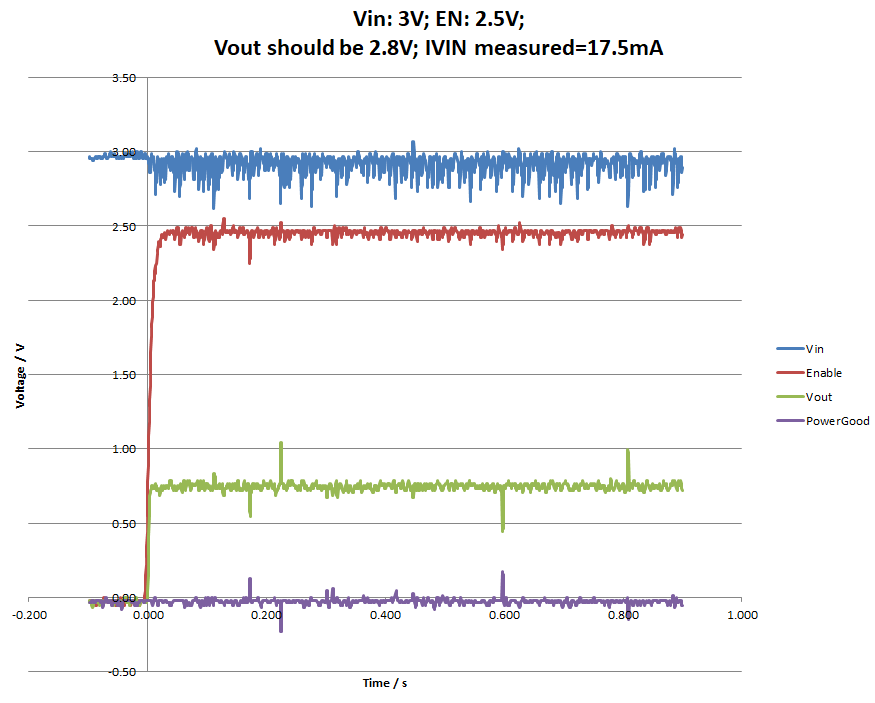Update: it turned out to be an assembly error (the inductor was rotated 90 degree)
I utilized Webench to design a simple DC/DC circuit with these parameters:
Uin: 3V0 to 7V5
Uout: 2V8 (200mA)

We designed the actual circuit and fabricated the prototypes.
During the test we encountered a catastrophic failure on two samples: as soon as the input voltage rises above 3 or 4 Volts the VIN shorts permanently with the SW pin (I confirmed this short by measuring these pins after de-soldering the IC). Because our supply of regulators is extremely limited and the next shipment is expected next year we halted all tests until this issue is resolved. This short happened with a current limit set of 5mA in out lab bench supply.
Are there any suggestions as to why the the simple smoke test fails so spectacular? I will attach an image from the actual schematic:

Components:
IC300: TPS62902RPJR
Inductor L300: Würth 74438336010
Maybe you can help to clarify what went wrong



